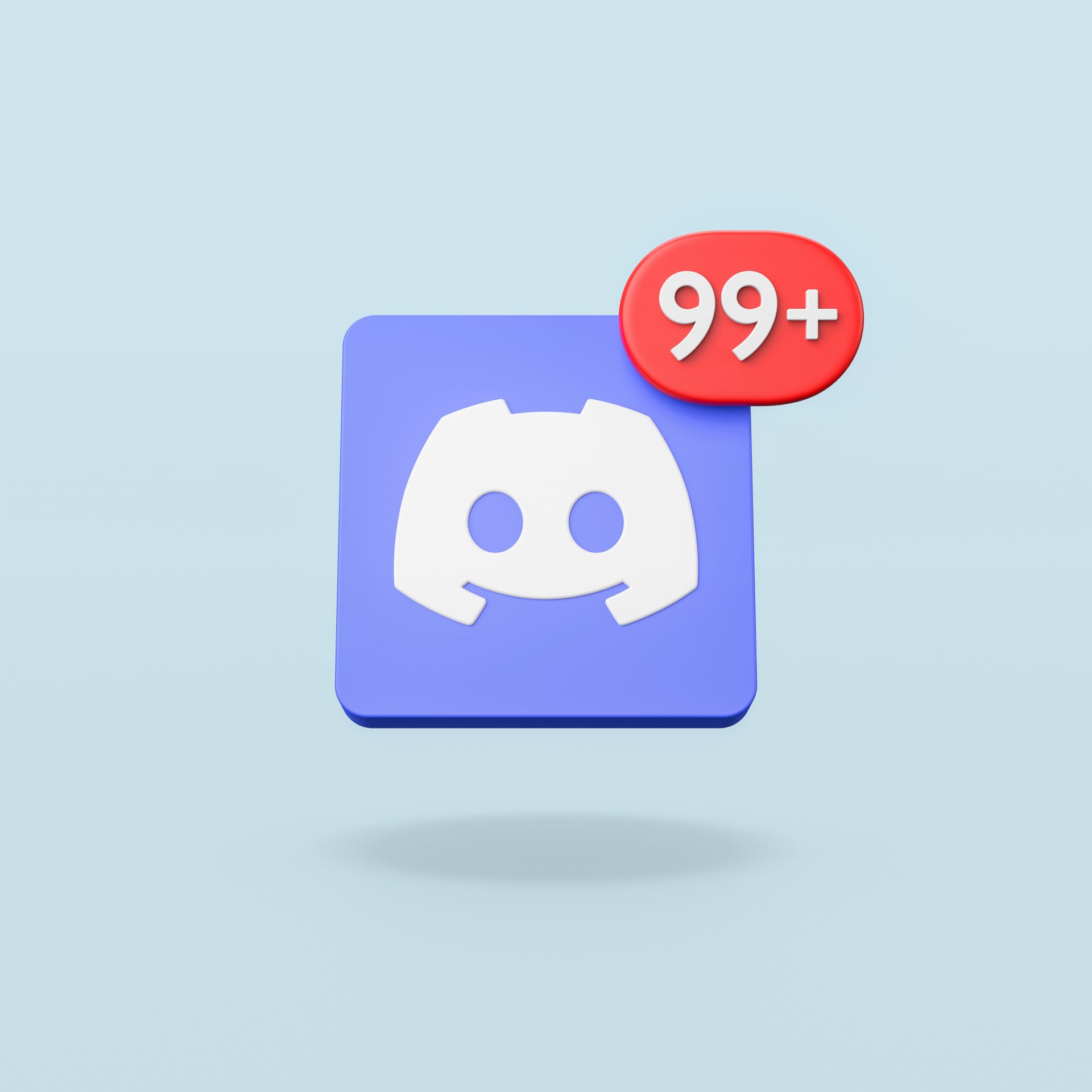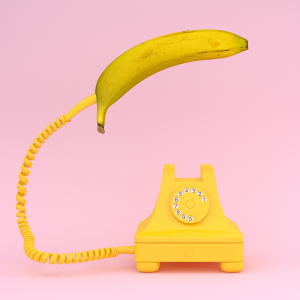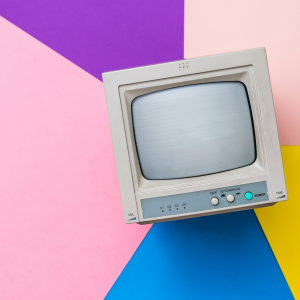It’s highly probable that while building your brand’s social strategy, Discord isn’t even a thought. Maybe you think it’s just for gamers…or maybe it’s your first time ever even hearing the name. Hey, no judgment! Over the last year, brands have slowly been realizing the value of starting a brand Discord community. And with 350 million users, Discord is not a platform to dismiss.
How Discord Started
Discord was publicly released in 2015 and quickly became a place for gamers in the esports and LAN worlds. The founders – Jason Citron and Stanislav Vishnevsky – had both separately founded their own social gaming platforms (OpenFeint and Guildwork) but aimed to develop a chat service that was user-friendly to gamers. Even the name itself was born out of gaming; according to Citron in an AMA, they wanted to solve “discord in the gaming community.” Even today, 70% of the platform is made up of gamers, and has integrations with Twitch and Xbox Live.
But when the pandemic hit, Discord knew they could reach new communities of people outside of gaming. They even changed their motto from “Chat for Gamers” to “Chat for Communities and Friends”. Soon, non-gaming servers began populating the platform – communities interested in art, anime, and fandom communities, even educational servers popped up for students.
Discord 101
Discord is designed to manage both private and public communities, known as servers. Discord servers allow users to communicate through ongoing chat rooms, but also have tools like voice and video calls. Think of Discord as a cross between Slack and Microsoft Teams…but for fun. People have even referred to it as “Slack for Gen Z.”
Similar to Reddit, servers have moderators – moderators can control who is allowed into the server but also have the responsibility of keeping the servers regulated and safe. Inside of the same server, multiple channels can be created which all have different purposes or topics – think of them as sub-chat rooms. Unlike Reddit, servers aren’t public – new members can only be added through links or invites. Sometimes, servers are gated – only allowing “members” of the community within it after verification.
How Discord differs from other social platforms
In their most basic definition, Instagram, Facebook, TikTok and Twitter are about profile curation and content output. A user creates and curates their own profile while viewing and commenting on others’ profile content. Though community comes from these platforms, it’s not their main purpose. Discord, however, is all about community. User profiles and content output are irrelevant on Discord – all the value comes from community participation through discussions or activities. Additionally, Discord is an outlier to its social sisters in the fact that it’s ad-free.
To brands, what’s appealing about Discord?
Despite a lack of ads and the absence of viral potential, it’d still be foolish to ignore the impact Discord can have on an audience. Put plainly, it’s a playful direct-to-consumer platform because a user only joins a brand’s Discord server because they’re already a fan. So a brand has a unique opportunity to curate and customize individual experiences for their consumers through specific channel topics or live events.
How can a brand utilize Discord?
AllSaints, a British fashion company, was one of the first brands to launch a Discord – they created a public Q&A with their lead fashion designer to draw in enthusiasts. But creating a public Discord server in hopes that your audience will find it certainly is not the only way. For brands with built-in fandoms and collectors of your product, there’s a rare opportunity to create an exclusive fan club.
Let’s take one of our clients for example: DC Bat Cowl NFTs. This is how it works: Through the DC Bat Cowls Twitter, users are able to follow the invite link to the Discord. After signing up, a user can enjoy the dozens of curated channels within the server: Trivia, Live Watches, AMAs, and chats with specific topics. However, some of the channels are gated – the only people allowed within them are Bat Cowls NFT owners; it’s one of the perks of ownership.
The decision to create a Discord for DC Bat Cowls was simple: We’d be hard-pressed to find a more dedicated fandom than fans of the DC Superhero Universe. With tens of thousands of users within the server, creating a brand Discord was a great success. Additionally, our recent research on Discord to learn of updates on Decentraland, led us to the conclusion that the Web3 community is heavily active and involved on the platform. So we can attribute a portion of the Bat Cowls NFTs’ success to the product/brand having a natural tie-in with the Web3 community.
Additionally, the NFT tie-in when an audience built-in fandom coupled with people interested in Web3 is a natural, unforced connection – which we learned from our Decentraland Discord plug.
Should every brand create a Discord?
No. Because not every brand has an organic tie-in to an engaged community. That being said, a few brands have surprised us. I’m looking at you, Chipotle! (Chipotle actually hosted a job fair on their Discord server, who knew!) And if you’re still unsure, here’s a quick checklist. If you check any of these, it’s likely worth it for your brand to explore a Discord server:
- Is your target demographic Gen Z?
- Is your brand in the tech or gaming space?
- Does your brand have “collectors” or a dedicated fandom?
- Do you want to host live events?
Need help with Discord?
As a social media agency, our focus within Web3 is simple: to build community. Reach out to us if you need more help deciding if Discord is right for your brand. And stay tuned for more articles on Discord in the near future.





